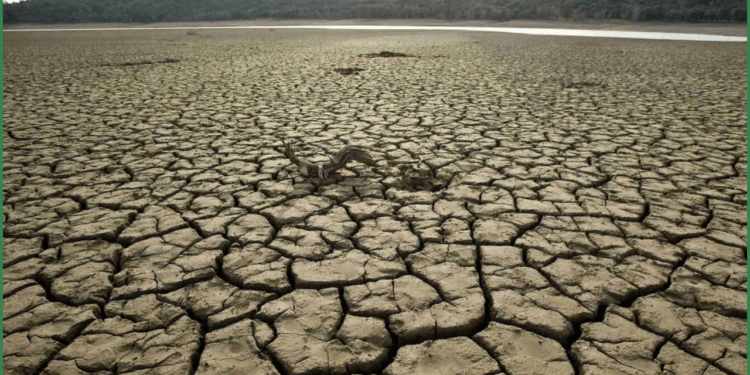The Pakistan Meteorological Department (PMD) has sounded the alarm over a deepening drought crisis, triggered by significantly below-average rainfall across the nation. The period from September 1, 2024, to March 21, 2025, saw rainfall drop by 40% compared to historical norms, with southern and eastern regions bearing the brunt of the deficit.
Sindh recorded the most severe shortfall, with rainfall 62% below average, while Balochistan followed closely with a 52% deficit. Other regions weren’t spared either—Punjab experienced a 38% drop, Khyber-Pakhtunkhwa a 35% decline, and Azad Kashmir saw 29% less rain than expected. The PMD highlighted that while recent showers brought some relief to central and upper areas, the situation remains dire in southern Sindh, parts of Balochistan, and Punjab’s eastern plains.
Water scarcity has reached critical levels, particularly affecting the nation’s key reservoirs. “Tarbela and Mangla Dams are facing severe shortages,” the PMD reported, raising concerns over irrigation and hydropower generation. The department also noted a temperature anomaly, with southern regions recording averages 2–3°C higher than normal for March, exacerbating evaporation and dryness.
In the hardest-hit southern areas, some locations have endured over 200 consecutive dry days, a streak that threatens agriculture, livestock, and livelihoods. The PMD cautioned that without significant rainfall in the coming weeks, conditions could deteriorate further, potentially leading to widespread impacts on food security and water access.
The prolonged dry spell has already strained rural communities, many of whom rely on seasonal rains for farming. In Sindh and Balochistan, farmers report dwindling groundwater levels, making irrigation increasingly difficult. The PMD urged authorities to implement water conservation measures and prepare for possible emergency interventions.
As the country grapples with these challenges, meteorologists are closely monitoring weather patterns, hoping for a shift that could alleviate the crisis. However, with climate variability on the rise, experts warn that such extreme weather events may become more frequent, underscoring the need for long-term strategies to bolster resilience against drought. For now, millions in Pakistan’s most vulnerable regions brace for tougher times ahead, as the skies remain stubbornly clear.

















































